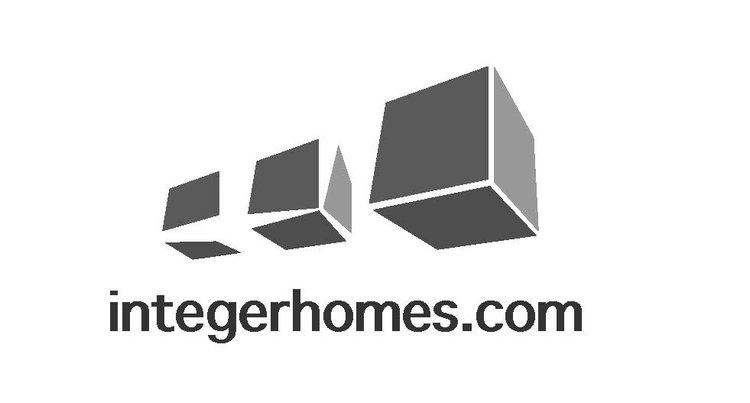I’ve been considering a post over the past week on a topic, that, while it is a personal favourite of mine, is possibly not that appealing to my regular readers. Once again, the hideous incompetence of the ‘real estate professional’, emphasis added on the quotations around ‘professional’ is just so justified based on my observation of events. These guys are so terrible, so shockingly awful yet so immune to responsibility I look upon them, as someone who has such profoundly deep and enduring liabilities and responsibilities with a begrudging envy. What a wonderful world of the realtor, to screw up and harm your client so deeply, yet escape consequence and in fact likely be the beneficiary of professional fecklessness.
Here is a dangerous recipe. An out of town developer with financial resources + a slick talking salesman with a knowledge of nuanced development niche so thin it rivals the motivation of my teenager to tackle online learning assignments while unsupervised. That’s low! Mix this together and it = a toxic disconnect of compensation (for transaction) and outcome (for client).
My premise is the realtor learns just enough to be dangerous, to learn the lexicon of the craft (while building real transactional skills), and no more, by design. A first order principle of his own success installed in a fledgling realtor by a successful mentor-type broker/realtor is to remain suitably ignorant, above reproach and cloaked in innocence like a layer of realtor body armor. By learning more than what it is to be a client hazard, to actually become the trusted authority in the profession as he purports to be, the realtor then would have too much knowledge and this would lead to him acting at cross purpose to his true motivation, to transact. By knowing too much he’d be unable to present terrible opportunities to clients also sadly lacking in sophistry in the black box of infill development themselves, as golden nuggets. This would then mean less transactions. But we know the prime directive is to transact and there is no higher calling than to transact. Better to bathe in the allure of a transaction and to not know what you are talking about, then offer a credible, educated perspective, and transact less! The out of town developer? Well he is no more than the sucker who should have done his own diligence. Of course there are no certainties in this business and clearly the realtor, just a person who transacts couldn’t possibly have some liability for the pseudo knowledge he parrots while prospecting. The realtor was actually just there to help with the transaction, once the deal closes he will find a good sounding name on google and pass that off to the client as a ‘close personal member of his team’ to assist in what comes next.
And what does come next? Realization the fresh meat, the out of town developer was hand led into a transaction that held only a thin veneer of development opportunity. The reality of being the greater fool for significantly overpaying for something that can never be realized must be a devastating betrayal for someone from out of town, who reached out to a trusted professional to guide him in his business expansion. All the downside risk is now held and manifested as irrecoverable loss by the developer. The silver tongued realtor, suit wearing, import car driving, polishing up his transaction knowledge, well, he will be happy to re-list the property he just sold you. He’d be elated to transact that lot again, in fact he’ll continue to masquerade the false development potential of the property onto the next sucker, unfettered by any professional standard. What a great business!




















